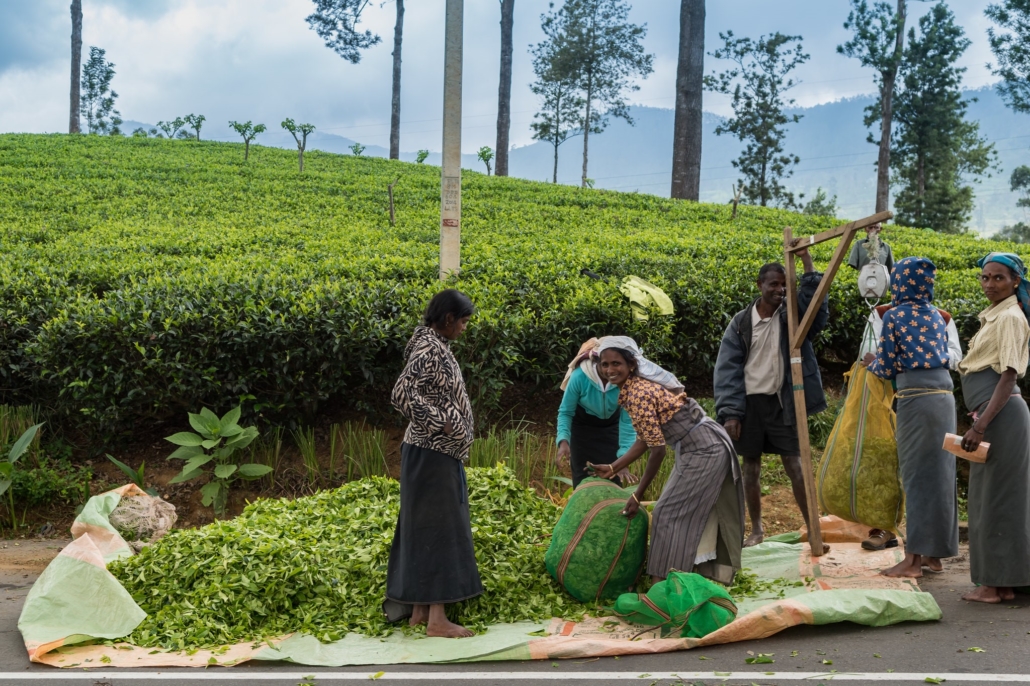8 Facts About Healthcare in Sri Lanka

Sri Lanka is a tropical island nation near the Indian Ocean with a population of approximately 21 million. A 30-year civil war that ended in 2009 tore the country apart. Meanwhile, it experiences frequent natural disasters such as mass flooding, monsoons and landslides. Despite these barriers, Sri Lanka has been making massive strides towards improving healthcare for its citizens. For the past 50 years, the country has shown impressive positive trends in comparison to its peers in South Asia. Here are eight facts about healthcare in Sri Lanka.
8 Facts About Healthcare in Sri Lanka
- Sri Lanka’s “pro-poor” health system covers all Sri Lankans. The government enacted the Free Health policy in 1951. The public healthcare system is state-funded and its facilities are accessible to all citizens. The system covers approximately 50% of outpatient services and 90% of inpatient services. Preventative services are free.
- Sri Lanka has the lowest maternal mortality rate in South Asia. The country made massive strides toward improving maternal and child health through the extensive use of professional midwives. In 2014, a skilled health profession attended 99.95% of births. Maternal mortality rates have dropped drastically from 56 deaths out of 100,000 live births in 2000 to 36 deaths out of 100,000 live births in 2017.
- Sri Lanka’s health ministry has established a strong surveillance system to monitor intractable diseases. The country is diligent in educating healthcare providers and the general public. Widespread accessibility to clinics and hospitals that provide readily available diagnostic testing and treatments has allowed the country to successfully eliminate diseases such as polio, measles and malaria. The country also eradicated vertical transmission of syphilis and HIV in 2019.
- The World Health Organization recommends that countries have a ratio of 2.5 health professionals to 1,000 patients. Although Sri Lanka has met this recommendation with one doctor and two nurses per 1,000 patients, the country has an extreme shortage of trained specialists like dentists, cardiologists and oncologists. The workforce distribution is uneven with a concentration of professionals in urban areas leaving rural hospitals understaffed.
- The government secures medication, but not enough to meet patient needs. The State Pharmaceutical Corporation purchases medication in bulk. Because most medications are free for patients, supply often experiences strain. The government prioritizes medications deemed essential while other medications that treat non-contagious chronic diseases are consistently in limited supply.
- Non-communicable chronic diseases such as diabetes, cancer and cardiovascular diseases are on the rise. These chronic diseases become more prevalent as Sri Lanka’s population rises. The limited supply of medications and medical specialists to address these diseases reduce the chances of patients receiving the care that they need.
- Sri Lanka frequently suffers from dengue outbreaks due to its tropical climate. Risk of dengue peaks from October to December and from May to July. In February 2020, the country’s Epidemiology Unit reported 11,352 cases, double the number of cases in 2019.
- The country faces a “double burden” of undernutrition and obesity. Stunting in children under 5 years old has stagnated since 2000, hovering between 15% and 19%. Income inequality causes unequal access to food, and many families in rural areas experience food insecurity and malnutrition. Around 45% of adult women, predominately wealthier and living in urban areas, are overweight or obese, a two-fold increase from 2006.
Solution
While it is important to celebrate the country’s successes, there are still aspects that need support. Widespread access to healthcare has increased the life expectancy of the general public but added pressure to a fragile system. The state must do more to close the gaps and improve healthcare in Sri Lanka.
In 2018 the World Bank partnered with the Sri Lankan government to develop a plan to address the gaps in the system. The World Bank supported the project with a $200 million financing from the International Development Association. There needs to be a strengthening of multiple facets of the system: financing, pharmaceuticals procurement and human resources.
There have been massive improvements to healthcare in Sri Lanka. Maternal and child healthcare have improved, emergency care is more robust and treatment for non-communicable diseases is more accessible. Much work remains, but Sri Lanka’s massive strides should receive celebration.
– Jasmine Daniel
Photo: Flickr
